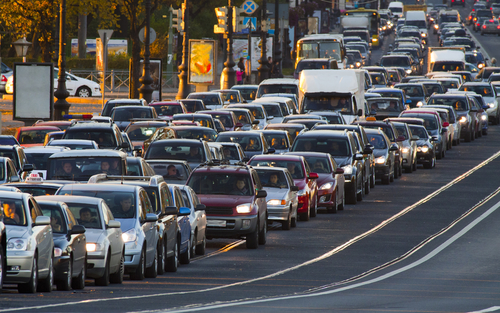
The National League of Cities (NLC) has released a new report that encourages cities to consider congestion charging systems as a potential means of raising billions of dollars to upgrade transportation infrastructure.
Congestion pricing is a road user charge system that uses either a flat or variable rate fee. Vehicles that drive in a specified area or zone within a city are charged. Fees are used to fund infrastructure and transit.
Congestion pricing acknowledges roadways are in high demand, and the pricing reflects the roadway’s value and what users are willing to pay to use it.
“It’s no secret that America’s physical infrastructure and natural environment are under threat,” Clarence E. Anthony, NLC CEO and executive director, said. “The people in our communities deserve better. By piloting new technologies like congestion charging systems, local leaders have the opportunity to find ways to sustainably improve conditions on and around America’s roads.”
The guide, Making Space: Congestion Charging in Cities, explains congestion charging, reviews pilot programs, and highlights the advantages and barriers to implementation.
Only five of the 15 largest U.S. cities have comprehensive transportation systems, NLC said. A total of 91 percent of residents living in cities with populations of 50,000 or more commute by car. In large cities, it’s 78 percent and in mid-sized cities approximately 87 percent.
Congestion pricing is a new framework that doesn’t yet exist in the United States, NLC said, although New York City is about to launch a congestion charge.